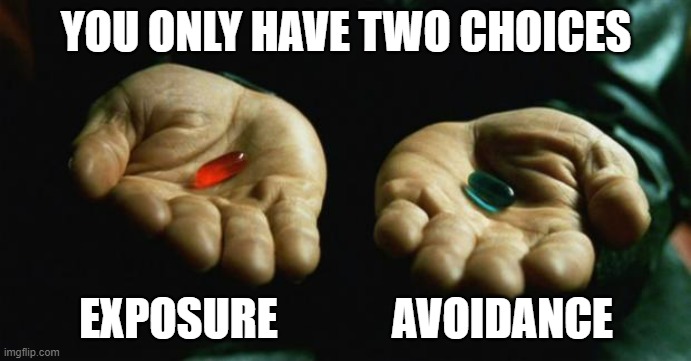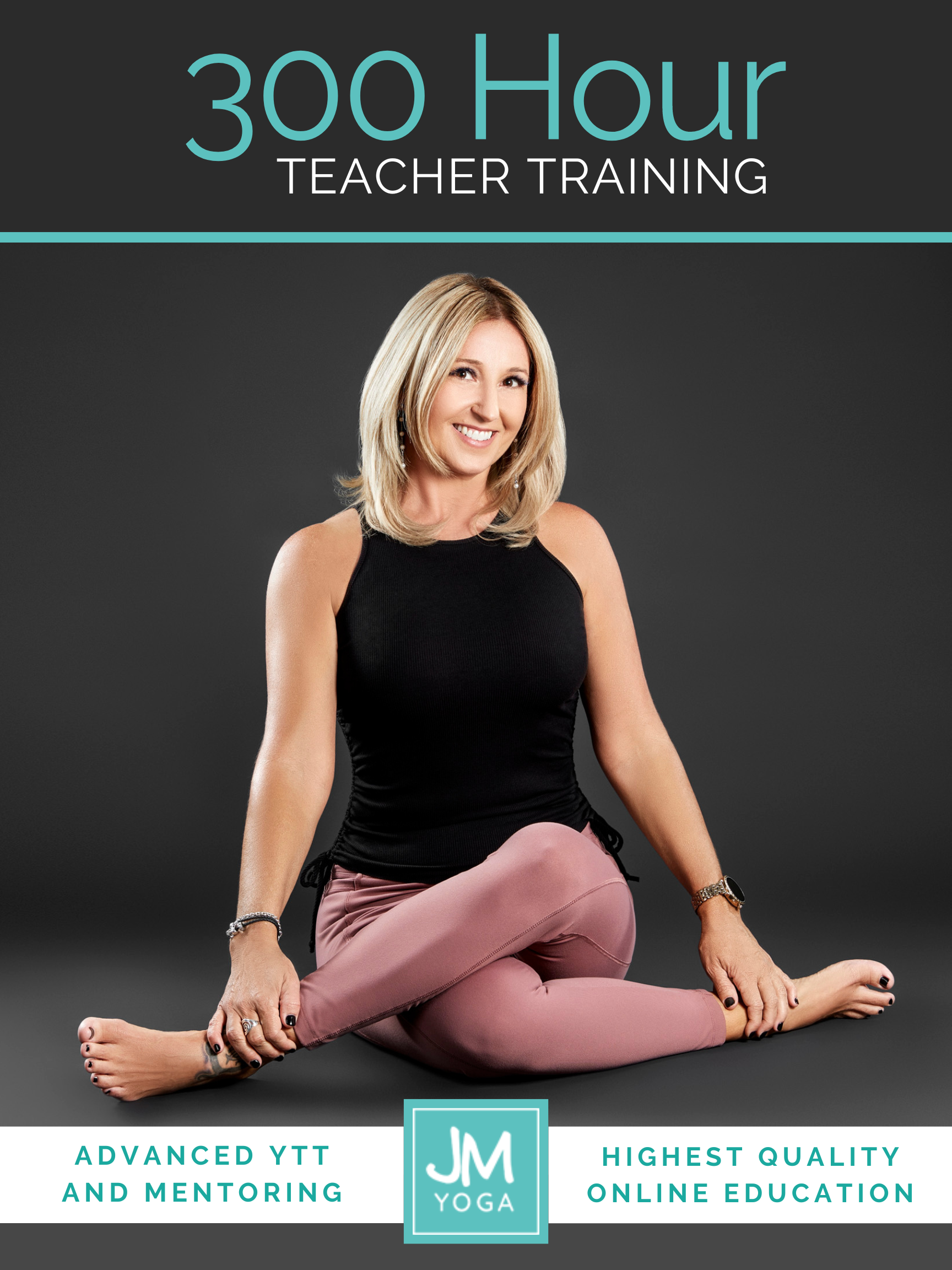What Are You Twisting And Why?
Just recently, in my 300hr YTT, we spent a fair amount of time talking about twists. I usually get asked the same questions and they are all based on “rules” that have been declared such as:
- Don’t turn the pelvis
- Do turn the pelvis
- Keep the shoulder down
- Let the shoulder lift
- Move the pelvis away from the direction you are twisting
- Always keep a neutral spine when you twist
I tend to not worry about the rule itself, but rather what the effect of the rule is. And in order to understand the effect, we need to talk about what we are trying to achieve when we twist. If this sounds interesting to you, watch the video here.
Is It Safe To Twist In Yoga?
I made this video super practical so I didn’t address the cautionary tales around twisting (and flexing, of course). That discussion is better suited for a two-way conversation and usually requires a robust list of citations showing that the compression and sheer forces during unloaded positions are generally within a threshold that promotes positive adaptation in bones and discs. We just covered the subject thoroughly in our last YTT session which gave everyone a lot to think about.
In the end, you really only have two choices. Choose wisely.
Extend Your Learning: Advanced Yoga Teacher Training with Jules Mitchell
This program is ideal if you have an interest in biomechanics, principles of exercise science, applications of pain science, neurophysiology, and stretching. These themes are combined with somatics, motor control theory, pose analysis and purpose, use of props for specific adaptations, pathology, restorative yoga, and intentional sequencing.
You will learn to read original research papers and analyze them for both their strengths and their biases. Critical thinking and intellectual discourse are central components in this training, which was designed to help teachers like you navigate through contradictory perspectives and empower you with education. Learn more >


